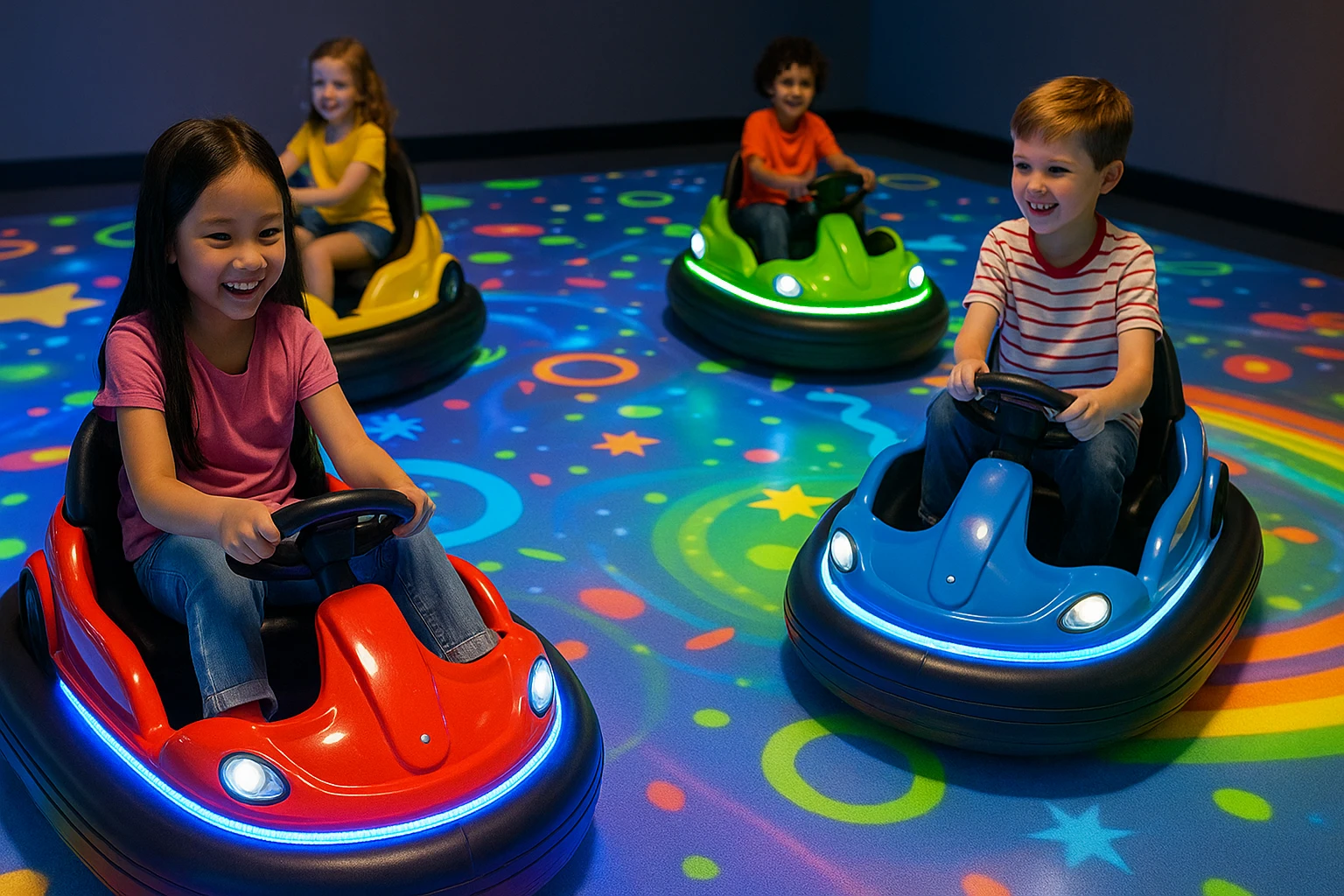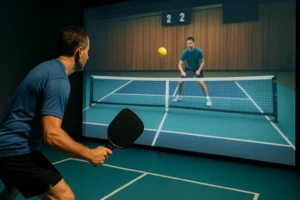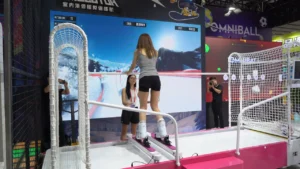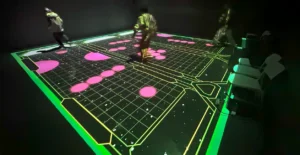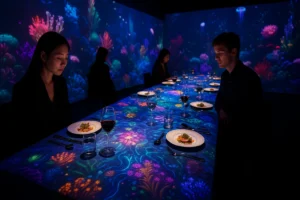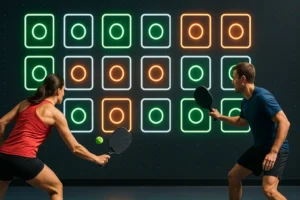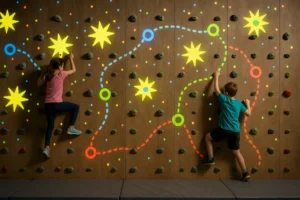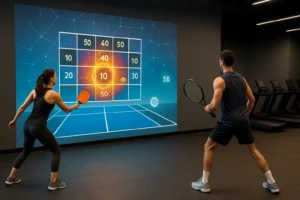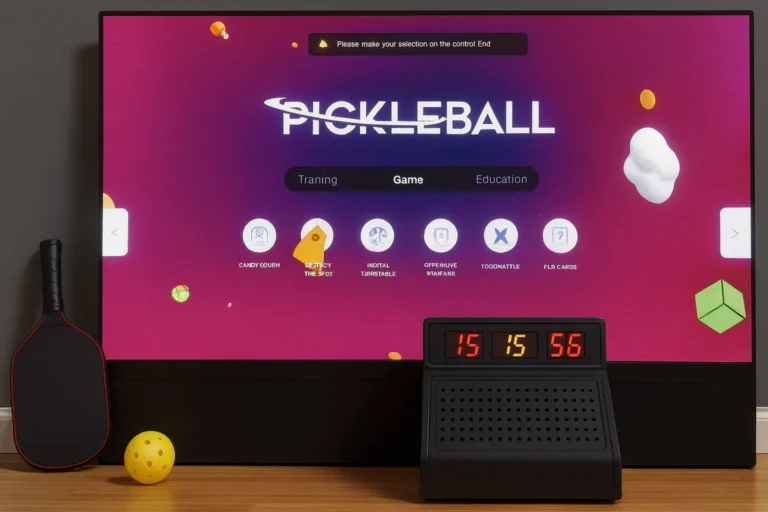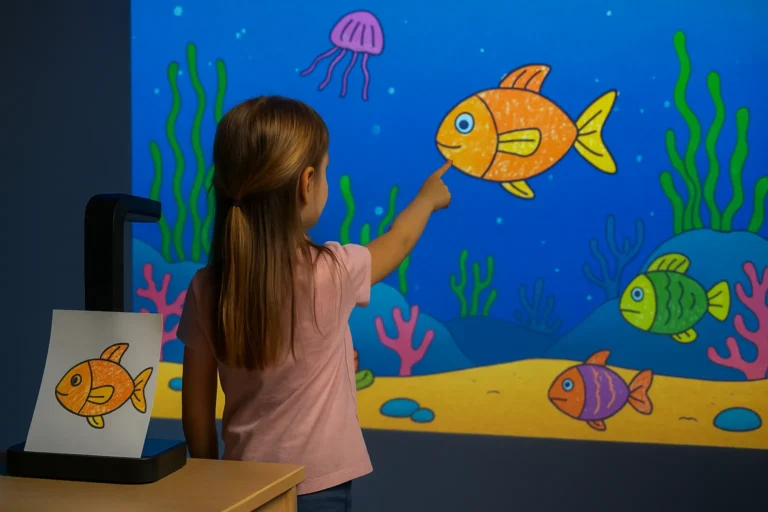🎮 What Makes Modern Bumper Cars for Kids So Advanced?
The latest generation of children’s bumper cars is far more than fiberglass shells with steering wheels. 🧠 They are smart systems that integrate software, LED light sensors, and safety circuits.
Key Features of Advanced Bumper Car Systems
- 💡 Intelligent Power System – Automatically limits speed for safe collisions.
- 🔋 Eco-friendly Batteries – Long battery life with quick-charge options.
- 🧩 Interactive Game Integration – Syncs with projection-based floor mapping games.
- 🔧 Customizable Design Options – Choose colors, themes, and even branded shells.
- 🧒 Child-Safe Construction – Shock-absorbent materials and secure seat belts.
Each of these elements reflects the commitment of a professional manufacturer and supplier like OneCraze, who focus on both fun and durability. Whether you’re a play-zone owner or mall manager, these smart systems are designed for reliability and high ROI.
✨ How Do Floor Mapping Games Enhance the Bumper Car Experience?
Imagine this: instead of just driving on a plain floor, children race across a colorful map filled with glowing animations, target zones, and interactive lighting patterns. 🌈
Floor mapping game software projects responsive graphics on the surface, allowing the cars to trigger motion-based effects when passing over sensors. This transforms the arena into a dynamic “battlefield” or “adventure map,” where every ride becomes a story.
- 🕹️ Game Integration: Cars interact with visual targets for points and bonuses.
- 🌍 Mapping Software: Supports 2D and 3D projection systems with adjustable brightness.
- 📡 Sensors & Cameras: Detect movement for real-time response.
- 🖥️ Central Control System: Operators manage rounds, lighting, and sound from one screen.
⚙️ What Is the Price Range & How to Choose the Right System?
When considering to buy bumper cars for kids or an interactive floor mapping game system, pricing varies depending on the setup and customization.
| 🧾 System Option | ⚡ Features | 💰 Approx. Price Range (USD) | ⭐ Best For |
|---|---|---|---|
| Basic Ride System | Standard cars + safety bumpers | $2,000–$3,000 per car | Small stores, start-ups |
| LED Interactive Ride | RGB lighting, collision sound effects | $3,000–$4,500 per car | Medium entertainment centers |
| Floor Mapping Combo | Includes projector + software system | $8,000–$12,000 (complete set) | Indoor amusement parks |
| Advanced Networked System | Multi-player interactive software | $15,000+ | Large commercial venues |
🏗️ Installation & Maintenance – How Difficult Is It to Set Up?
One of the most common questions clients ask is, “Can I install these systems myself?” The short answer is: yes—but with professional guidance.
OneCraze provides full installation plans, including power layout diagrams, floor surface preparation guidelines, and system calibration instructions.
🧰 Maintenance Tips
- Check power supply cables weekly 🔌
- Update software regularly via OneCraze’s online portal 💻
- Clean projectors and sensors monthly to ensure accuracy 🧼
- Replace bumpers and tires every 6–8 months for safety 🚗
🌍 Why Choose OneCraze as Your Supplier or Manufacturer?
Choosing the right supplier is the difference between a short-term attraction and a long-term business success. Here’s why many mall developers and play-zone owners prefer OneCraze:
- 🏭 Comprehensive Solutions: From design to delivery, OneCraze handles the full production cycle.
- 💻 Integrated Software: Proprietary floor mapping game software built for smooth interaction.
- 💬 24/7 Support System: Quick technical assistance and part replacement.
- 🌱 Sustainable Materials: Eco-friendly builds, low-voltage systems, and long-life batteries.
- 🔄 Customization: Colors, branding, and seat design can match your theme park aesthetic.
Very safe. All systems are designed with anti-collision sensors, padded interiors, and controlled speed limits to ensure child safety.
Yes. With the right sensors and software module from OneCraze, existing rides can be upgraded to support interactive projection.
Depending on the scale, installation can take 5–10 days, including calibration of the game software and light systems.

